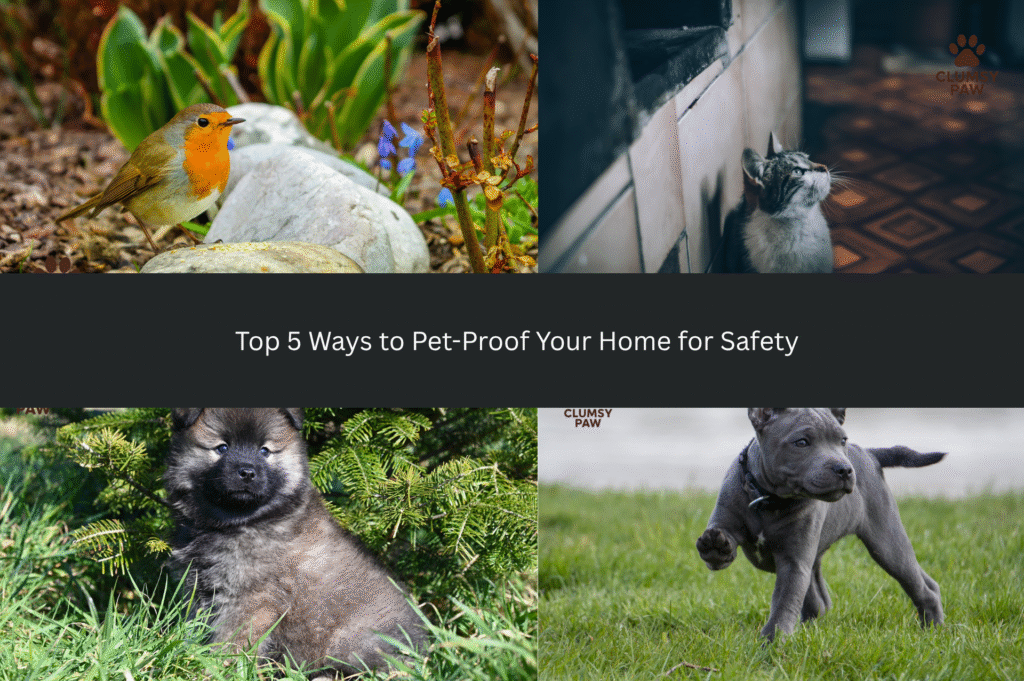Bringing a pet into your home means opening your heart to unconditional love, endless cuddles, and joyful memories. But along with all the fun comes a serious responsibility—creating a safe, pet-friendly environment. Curious noses, playful paws, and energetic personalities can sometimes lead pets into dangerous situations. Whether you’re a first-time pet parent or looking to refresh your safety measures, pet-proofing your home is one of the most important steps in ensuring your furry friend stays healthy and secure.
Pet-proofing goes beyond simply hiding wires or storing chemicals. It requires thoughtful planning, understanding pet behavior, and designing an environment where they can explore safely. From tiny kittens and puppies who chew and climb to adult pets who like to sniff and roam, every animal needs a safe space tailored to their habits. Today, we’ll discuss the top five ways to pet-proof your home to ensure maximum safety and peace of mind.
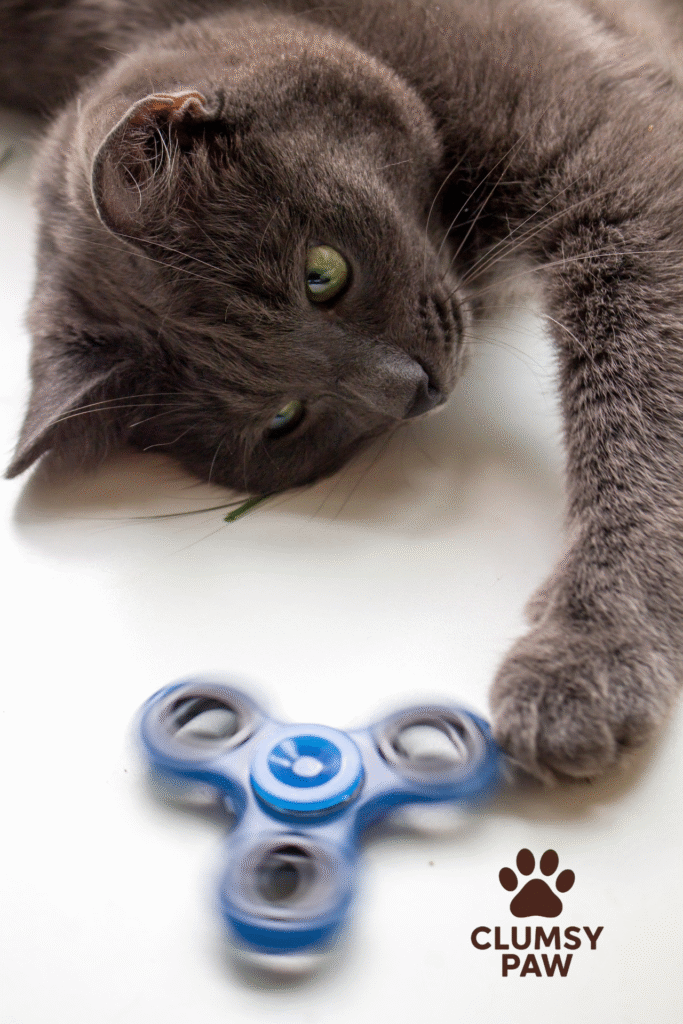
1. Secure Hazardous Items and Household Chemicals
Pets are naturally curious, often exploring with their noses and mouths. Many everyday household products contain toxins that can be dangerous or even fatal to animals if ingested. Cleaning agents, detergents, medicines, cosmetics, and gardening supplies should always be stored safely out of reach.
Make it a priority to lock cabinets where chemicals are stored. Even if you think an item is too high or inaccessible, pets can surprise you with their climbing and jumping abilities. Store medication in closed drawers or high cupboards. If you have children in the home, teach them to keep things like crayons, glue, and markers in safe containers too, as many art supplies contain chemicals harmful to pets.
In the kitchen and laundry area, secure laundry pods, bleach bottles, dishwashing detergents, and surface cleaners. These products often come in colorful, attractive packaging that pets might mistake for toys. Avoid leaving cleaning buckets or open chemical containers on the floor. Wipe spills immediately and clean surfaces thoroughly before your pet returns to the area. When cleaning with strong chemicals, keep your pets in another room until surfaces are dry and safe again.
Bathroom items like mouthwash, lotions, hair products, and medications also pose risks. Keep razor blades, cotton swabs, and dental floss in closed containers, as pets may chew or swallow them. If you use essential oils or diffusers, research whether the oils are safe for pets, as some scents can trigger allergies or respiratory issues.
By taking these steps, you eliminate countless potential hazards and provide a safer living environment for your furry friend.
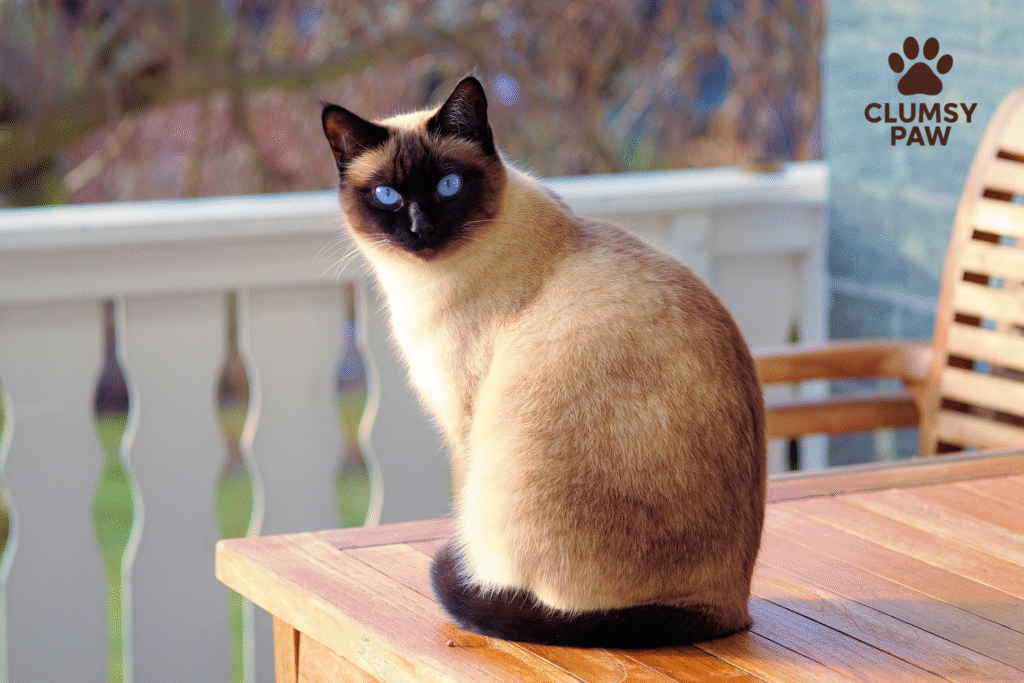
2. Protect Cords, Electronics, and Small Objects
Electrical cords and cables are irresistible to pets, especially puppies and kittens who are teething or naturally playful. Chewing on wires can lead to electric shock, burns, or serious injury. Take time to organize and cover exposed wires. Cord protectors and cable management systems are easy to use and can be found in most home improvement stores. For additional safety, you can also secure wires behind furniture or wall panels.
Another common danger comes from small household items. Pets love playing with anything they can bat around or chew on, from rubber bands and pens to jewelry, batteries, and toys. These small objects can be choking hazards or cause internal blockages if swallowed. Make it a habit to keep small personal belongings in drawers, containers, or shelves your pet cannot reach.
Remote controls, headphones, and chargers are also prime chewing targets. Remember that batteries can leak toxic chemicals if bitten or damaged, making them especially dangerous. Keep them stored safely and dispose of used batteries properly.
During the holiday season or special events, lights, ornaments, and decorations can also attract pets’ attention. Holiday lights should be kept away from chewing range, and fragile decorations must be placed higher on shelves or trees. Avoid tinsel, ribbons, and string decor around curious cats, as they can easily ingest these items.
Being proactive prevents accidents and keeps your home clean, organized, and safe for your furry companion.
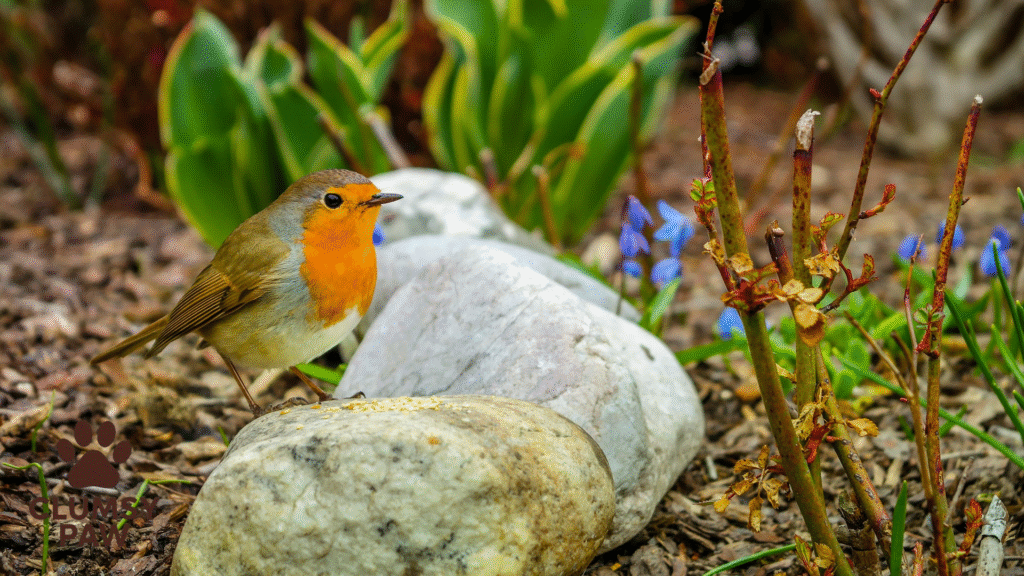
3. Create a Safe Space and Block Access to Risky Areas
Every pet needs a safe, comfortable space where they can relax, nap, and decompress. A designated pet zone gives your furry friend a sense of security and reduces the chance of them wandering into risky areas. Choose a quiet corner of your home and place essentials like a soft bed, water bowl, toys, and maybe a cozy blanket. Dogs may enjoy a crate for comfort training, while cats love enclosed beds or high perches where they can observe their surroundings.
Beyond creating a safe space, you need to restrict access to parts of the home with potential hazards. Baby gates are useful for blocking stairs and rooms where cleaning products or electronics are stored. For cat owners, consider baby latches or pet-safe locks on cabinets, as cats may open them by pawing. Keep bathroom doors closed to prevent access to toilet water, personal care products, and detergents.
Pay special attention to the kitchen. Food scraps, hot surfaces, trash cans, and sharp utensils can lead to accidents. Installing trash bins with secure lids or under-cabinet pull-out bins helps prevent pets from foraging. Never leave hot stoves or boiling pots unattended, and store sharp tools immediately after use.
Garage access should be restricted as well. Garages often contain antifreeze, sharp tools, motor oils, and other chemicals harmful to pets. Store supplies in sealed, high cabinets and ensure floors are clean and free from spills.
Finally, ensure windows and balconies are secure. Pets can squeeze through railings or fall from heights, especially curious cats. Window screens should be tight and secure, and balcony barriers should prevent climbing or falling.
A safe, well-planned environment protects your pet and gives you peace of mind knowing they are secure even when you’re not watching closely.

4. Remove Toxic Plants and Create a Pet-Friendly Green Space
Indoor and outdoor plants add beauty and freshness to your home, but many common varieties can be toxic to pets if chewed or ingested. Before adding any new plants, research whether they are pet-safe. Some dangerous varieties include lilies, aloe vera, sago palms, philodendron, and pothos. Even plants you believe are harmless might cause vomiting, diarrhea, or worse.
If you already have toxic plants, place them high on shelves or in rooms your pet can’t access. Consider switching to pet-friendly plants such as spider plants, bamboo palm, areca palm, or cat grass. These safe alternatives give your home a natural aesthetic without risking your pet’s health.
Outdoors, watch for toxic weeds, flowers, or garden plants. Fertilizers, pesticides, and weed killers can also pose serious health risks. If you treat your lawn with chemicals, make sure pets stay inside until it is safe for them to walk on the grass again. Always check labels to ensure substances used are safe for pets.
To add enrichment, consider creating a designated pet-friendly garden corner. Catnip, cat grass, basil, parsley, and rosemary are safe plants pets can enjoy. Cats especially benefit from indoor plants or climbing cat trees with scratch-safe materials. A dedicated safe garden area encourages exercise, play, and exploration in a protected environment.
Removing toxic plants and adding safe greenery ensures a healthier atmosphere for both you and your pets.

5. Maintain a Clean, Organized Home and Establish Safety Habits
A clean and clutter-free home plays a major role in pet safety. Pets can easily find food scraps, loose pills, or small household items lying around. Vacuum regularly, especially if your pet sheds hair or drops food. Cleaning reduces the chance of your pet ingesting harmful substances or choking on small debris.
Proper food storage prevents pets from sneaking snacks that could upset their stomach or be toxic. Chocolate, grapes, raisins, onions, garlic, and xylitol-sweetened items like gum are dangerous for pets. Store groceries and leftovers in sealed containers and avoid leaving food unattended on counters. Use pet-safe trash bins to prevent scavenging.
If your pet sheds or tracks dirt inside, provide grooming supplies nearby—a brush, cleaning wipes, and a lint roller help maintain hygiene and reduce mess. Training your pet to wipe paws or sit for grooming at the door makes cleaning easier.
Routine inspections can help identify hazards before they become serious. Check floors for dropped pills, sharp objects, or broken glass. Inspect fences and outdoor spaces to ensure there are no escape points. Secure loose flooring or carpets to prevent tripping hazards.
Pet-proofing is ongoing, not a one-time task. As your pet grows and their behavior evolves, regularly update your safety measures. A curious kitten will eventually become an agile adult, and a playful puppy may grow tall enough to reach countertops. Adjust your environment to match their habits and developmental stage.
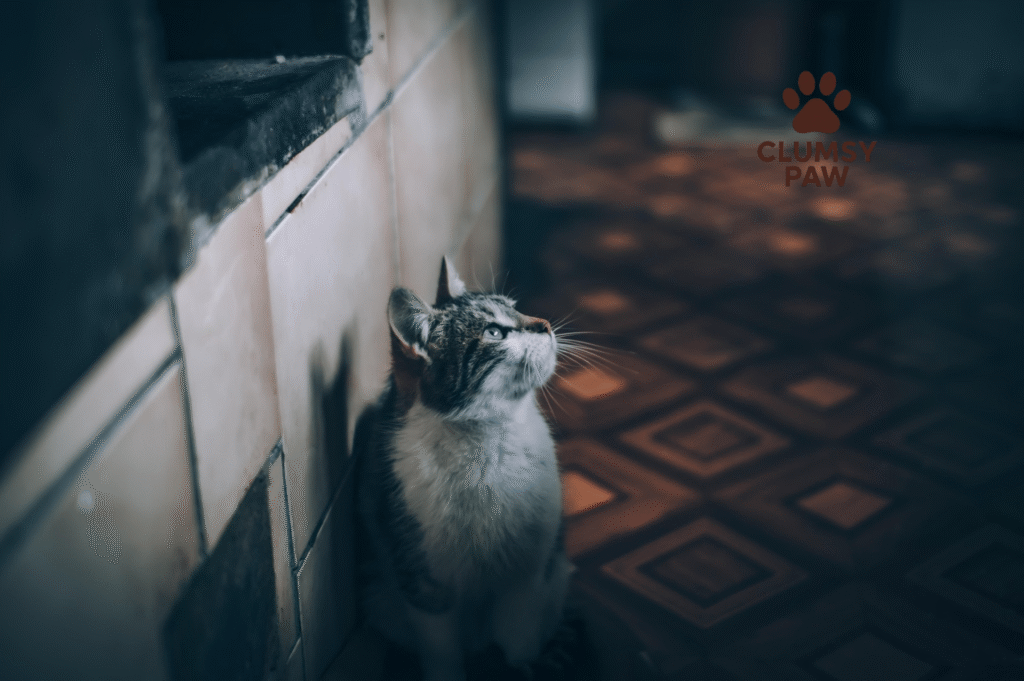
Final Thoughts
Pet-proofing your home is an act of love and responsibility. It ensures your furry companion can explore, play, and relax without encountering harm. While complete supervision is ideal, a well-prepared environment gives you confidence that your pet is safe even when your attention is elsewhere.
From safely storing chemicals and organizing wires to securing risky areas and choosing pet-friendly plants, every step you take contributes to a healthier, safer lifestyle for your pet. Making these small but meaningful changes helps you avoid accidents and emergency vet visits, giving you more time to enjoy the beautiful bond you share with your pet.
A safe home is a happy home—especially when pets are part of the family.

